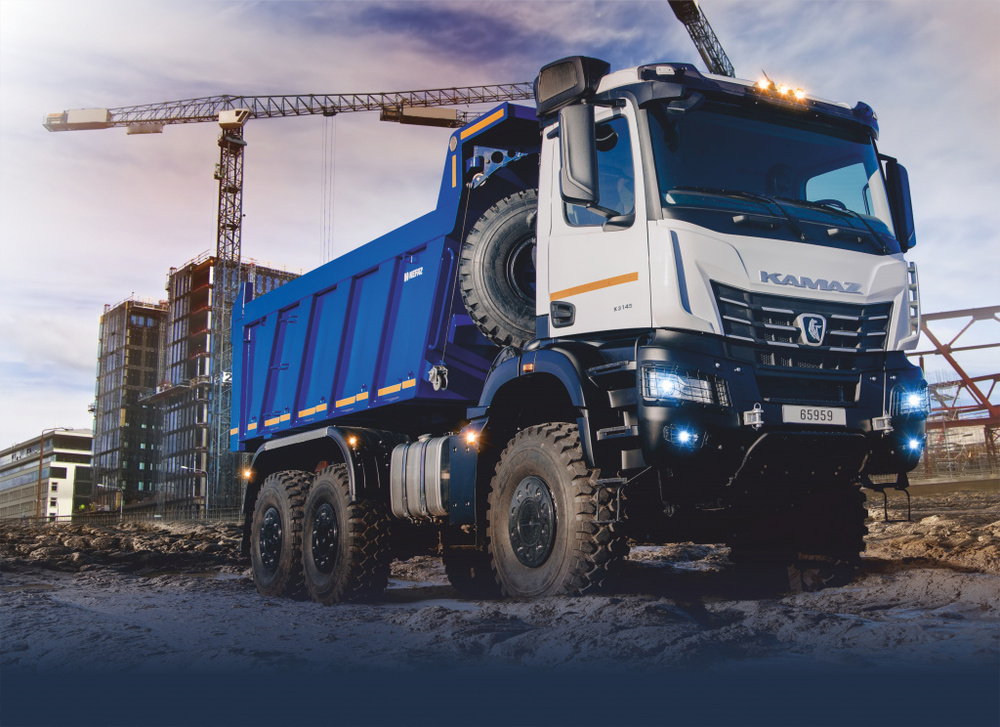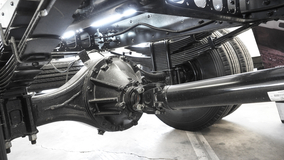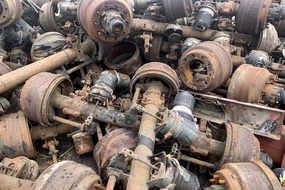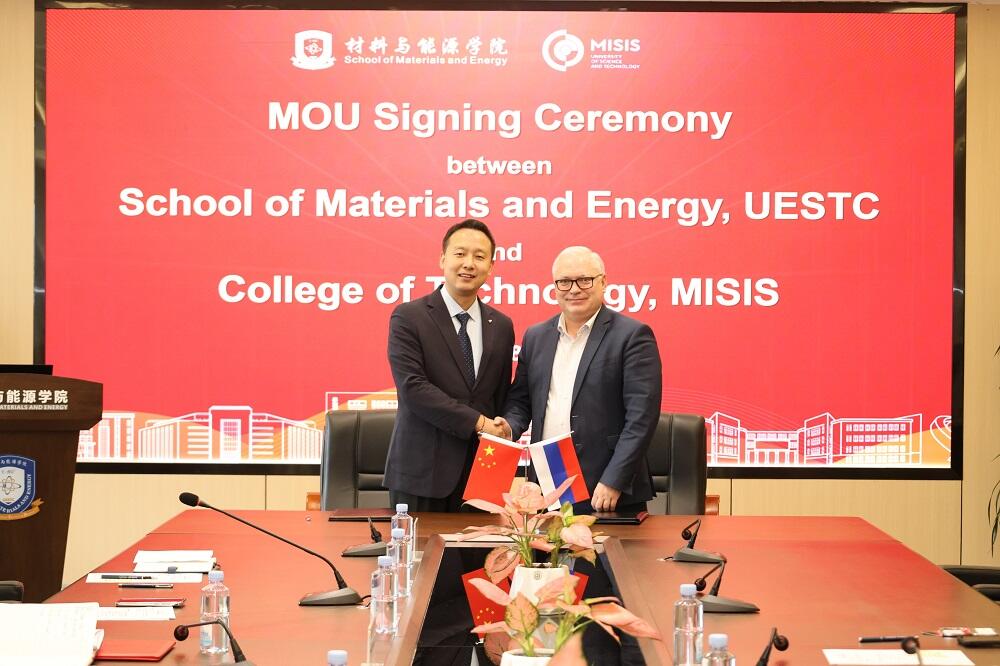Russian scientists have proposed a technology for restoring extremely worn steel parts of truck chassis units. The cost of restoring worn parts will be approximately 80% of the average market price of the new one. The study was published in Sustainability.
At the moment, there are no resource-saving technologies that allow reliable restoration of parts subject to intensive wear of the most loaded units of trucks and heavy equipment for further reuse. Such parts include, for example, semi-axles of rear axles of KAMAZ trucks that which experience significant loads and at the same time have a low service life. The existing methods of restoring half-axles by surfacing directly on the worn-out surface are complex, roads do not meet the safety requirements during operation, are not suitable for streaming repairs of equipment.
Scientists from NUST MISIS, Vavilov SSAU and Kazan National Research Technological University have proposed a technology for the restoration of worn-out metal-intensive parts of trucks by hot plastic deformation with the preliminary application of a new, wear-compensating metal on the non-working surface, which will partially solve the problem of the shortage of spare parts for the freight transportation industry.
The restoration process includes cleaning of the worn-out part, welding by butt welding to the butt end of the compensating layer, pre-deformation heating of the workpiece to the plastic deformation temperature, stamping, annealing of the forging, cutting treatment to the nominal dimensions, heat treatment, which allows the maximum approximation of the physical and mechanical properties of the restored part to the requirements of the manufacturer, twice to extend its service life and ensure safe operation.
“Taking into account the data of environmental organizations that exhausted iron resources will last for 150 years, and the remelting of worn steel parts that have been scraped requires significant consumption of fuel, oxygen, water and electricity, it is necessary to pay attention to such a reserve of metal savings as the restoration of worn parts, which reduces reversible and irreversible losses of metal, both in the field of operation and in the production of new spare parts,” explains one of the authors of the study Yuri Kostyukhin, Head of the Department of Industrial Management at NUST MISIS.
The semi-axles of the Kamaz drive axle weighing approximately 20 kg each, made of 47Mn8 steel and worn by more than 70%, were taken by the researchers as prototypes. The choice of this part for restoration is not accidental: only in a separate agricultural region of the country — the Saratov region, for example, the demand for new semi-axles of trucks is 2500 units per year. In total, 700 thousand Kamaz are currently operated in Russia.
As a source of compensation material for the most worn parts of the assembly, fragments of similar half-axles that cannot be restored were used. After the expansion joint is welded and the burr is removed, the reduced part is locally heated in a salt furnace to the plastic deformation temperature of
The authors of the study estimated that the restoration of only 2,500 semi-axes from the Samara region per year will save up to 50 tons of high-strength steel, thereby reducing the load on the environment. At the same time, the cost of restoring one node will be approximately 7,400 rubles at an average market value of a new part of more than 9,000 rubles. The capital costs required for the purchase of forging-pressing and heating equipment are about 900 thousand rubles. According to the authors, the annual cost of restoring 2,500 semi-axles of leading bridges of trucks will be approximately 4.5 million rubles. It is possible to deploy the repair shop in 1 year, and the project should reach self-sustainability in about 6 years at a profitability of 18%.




